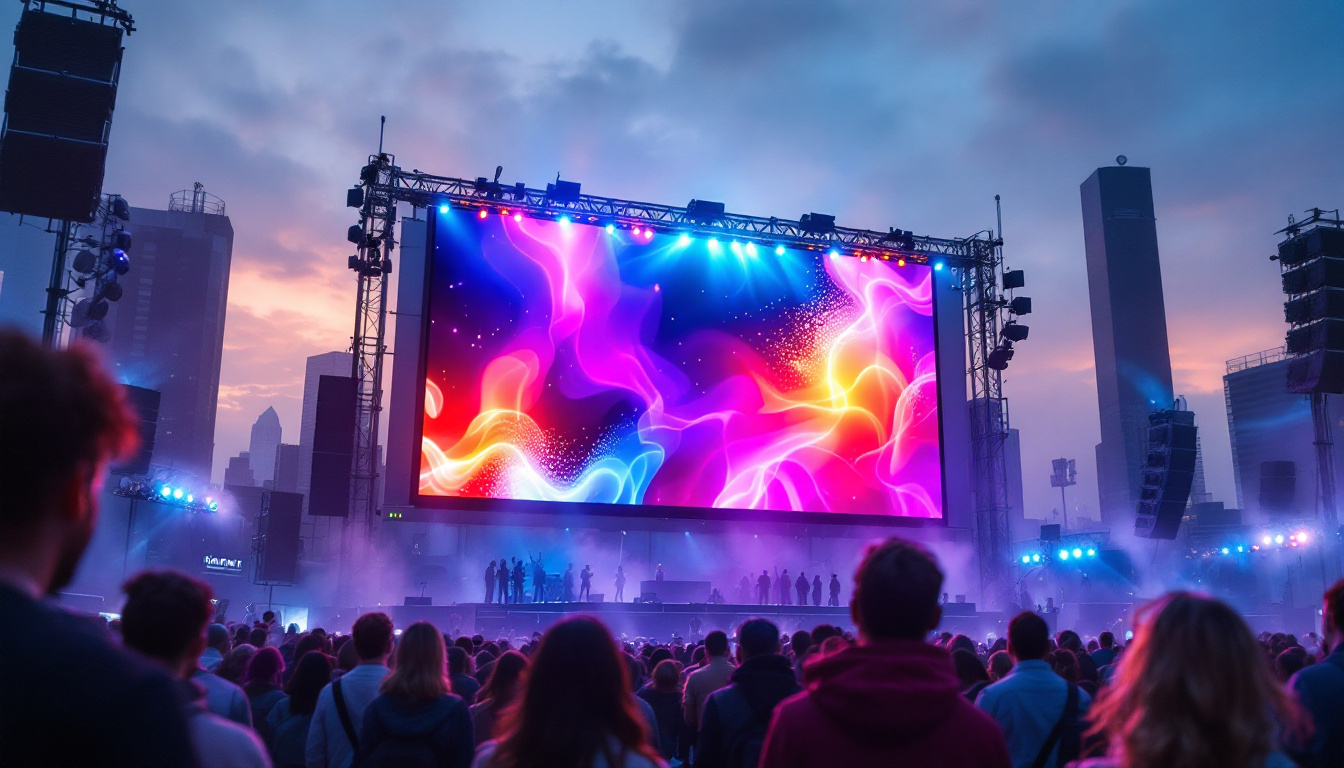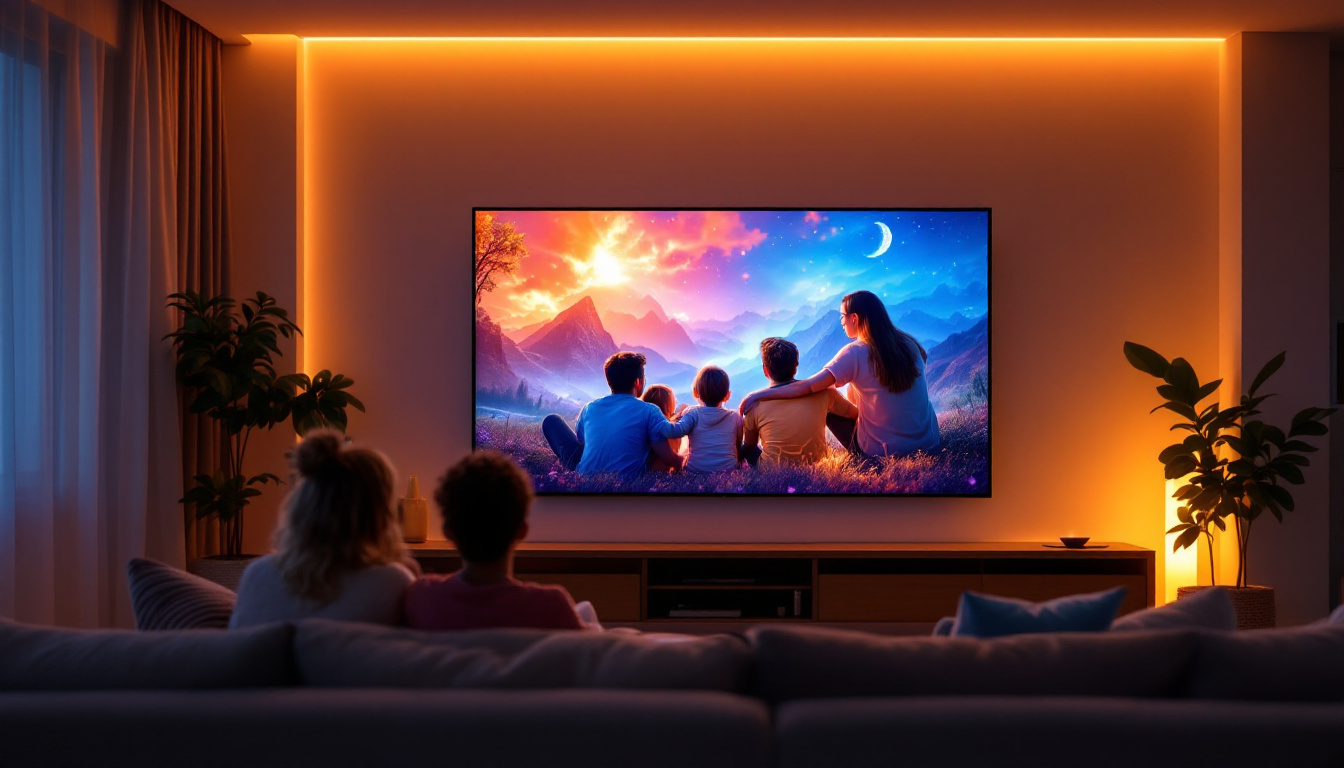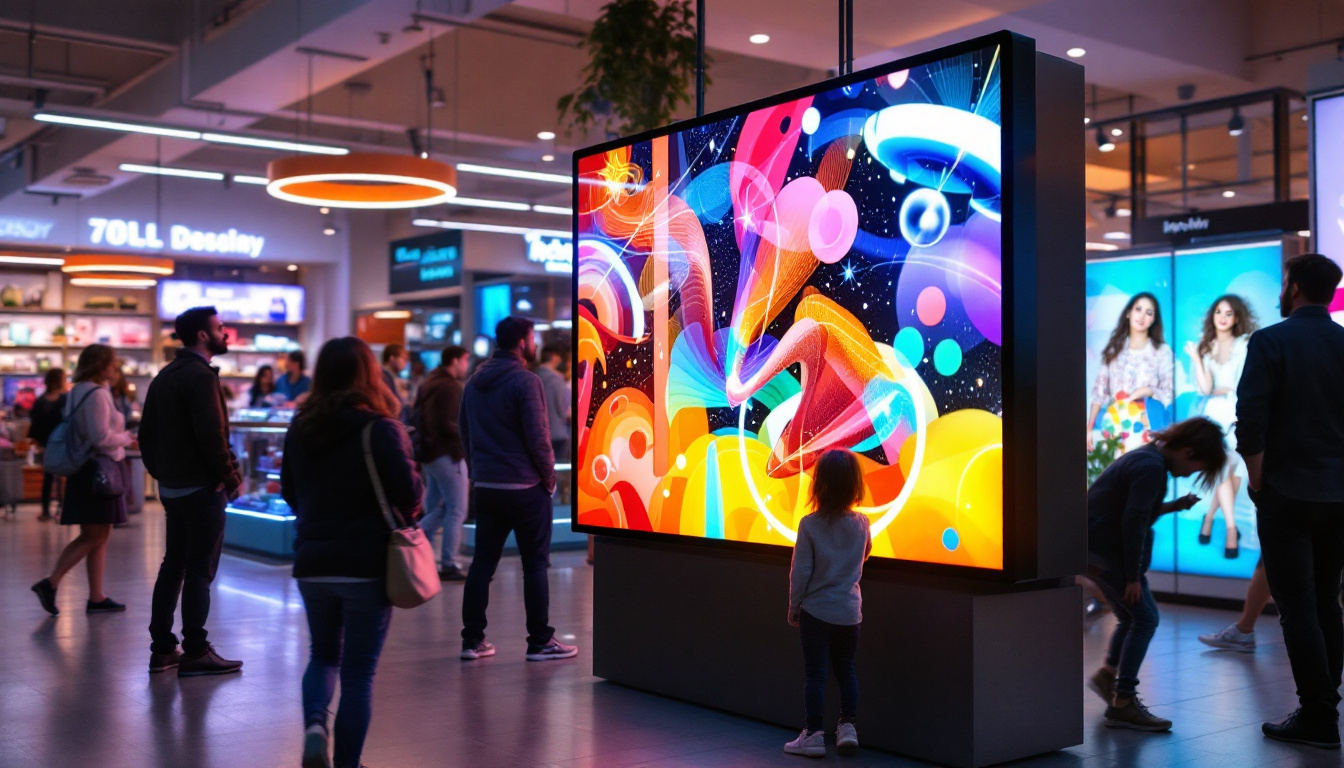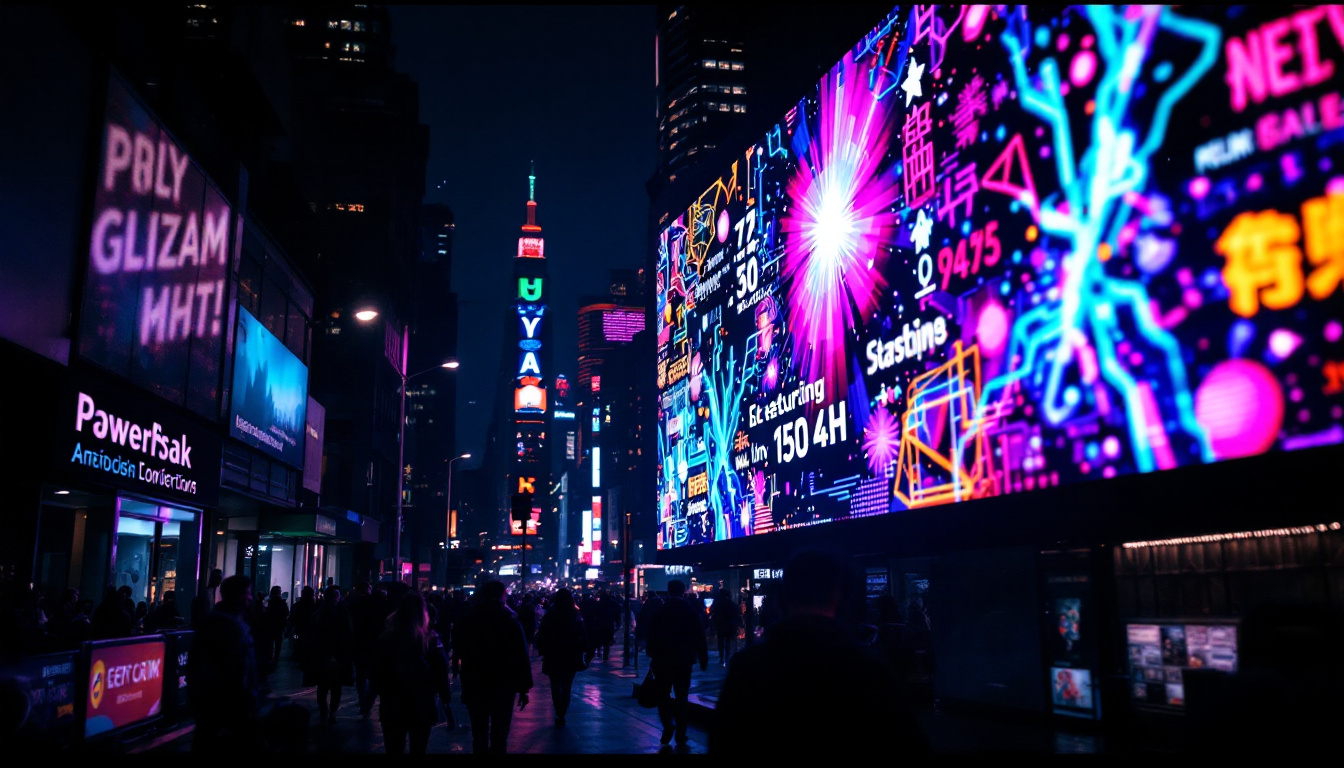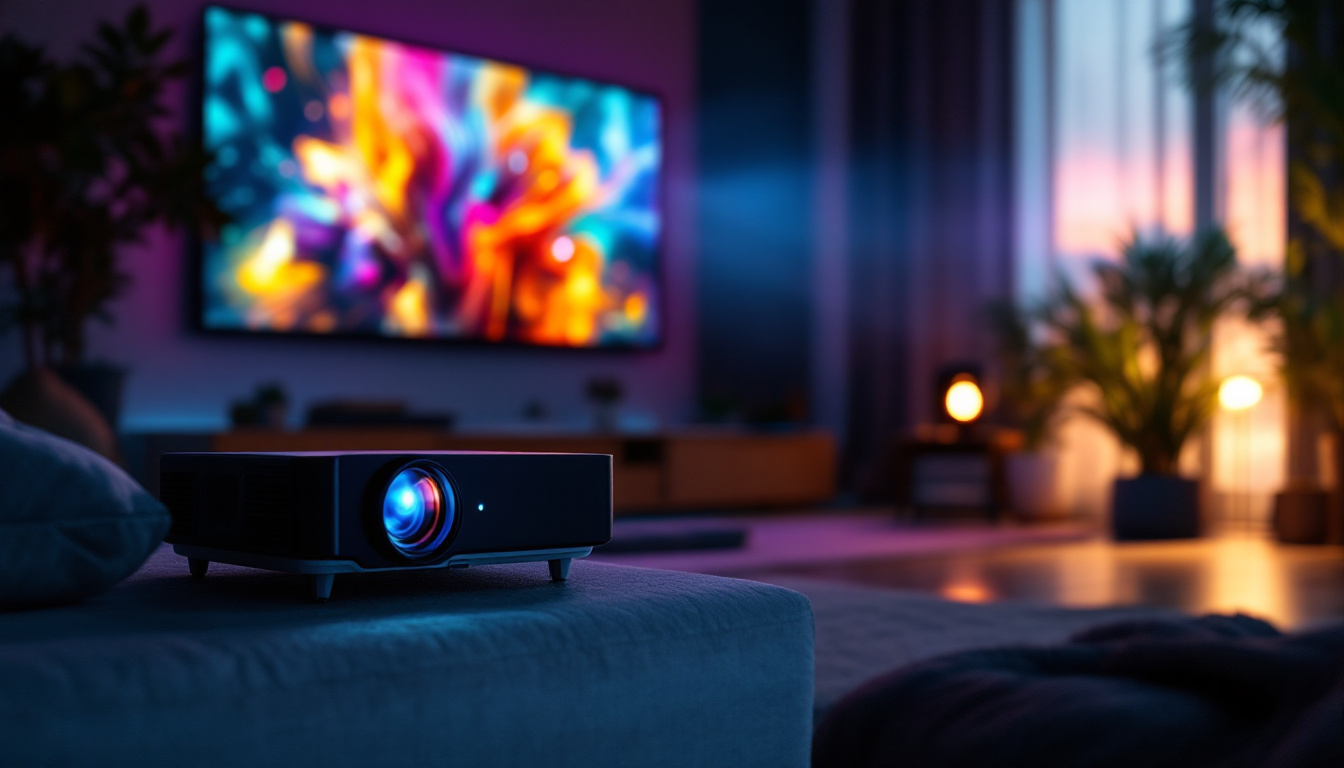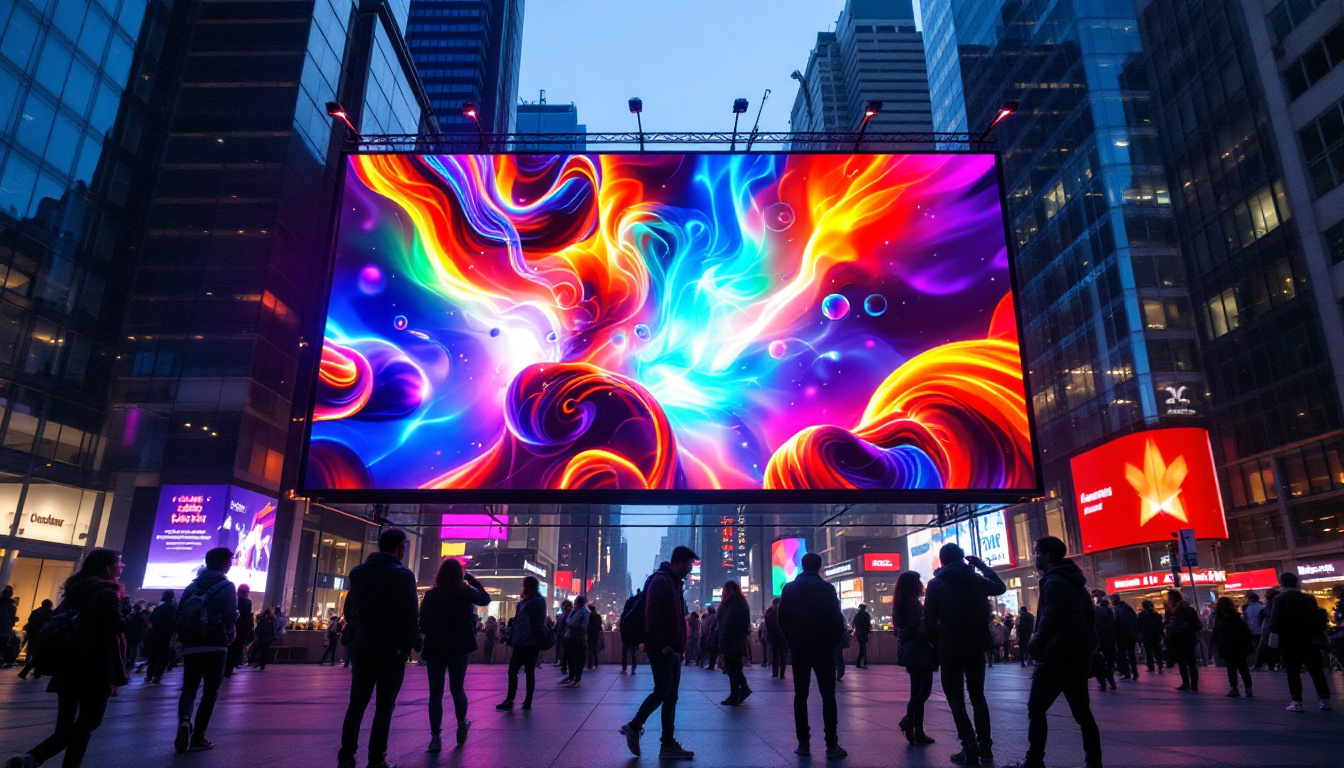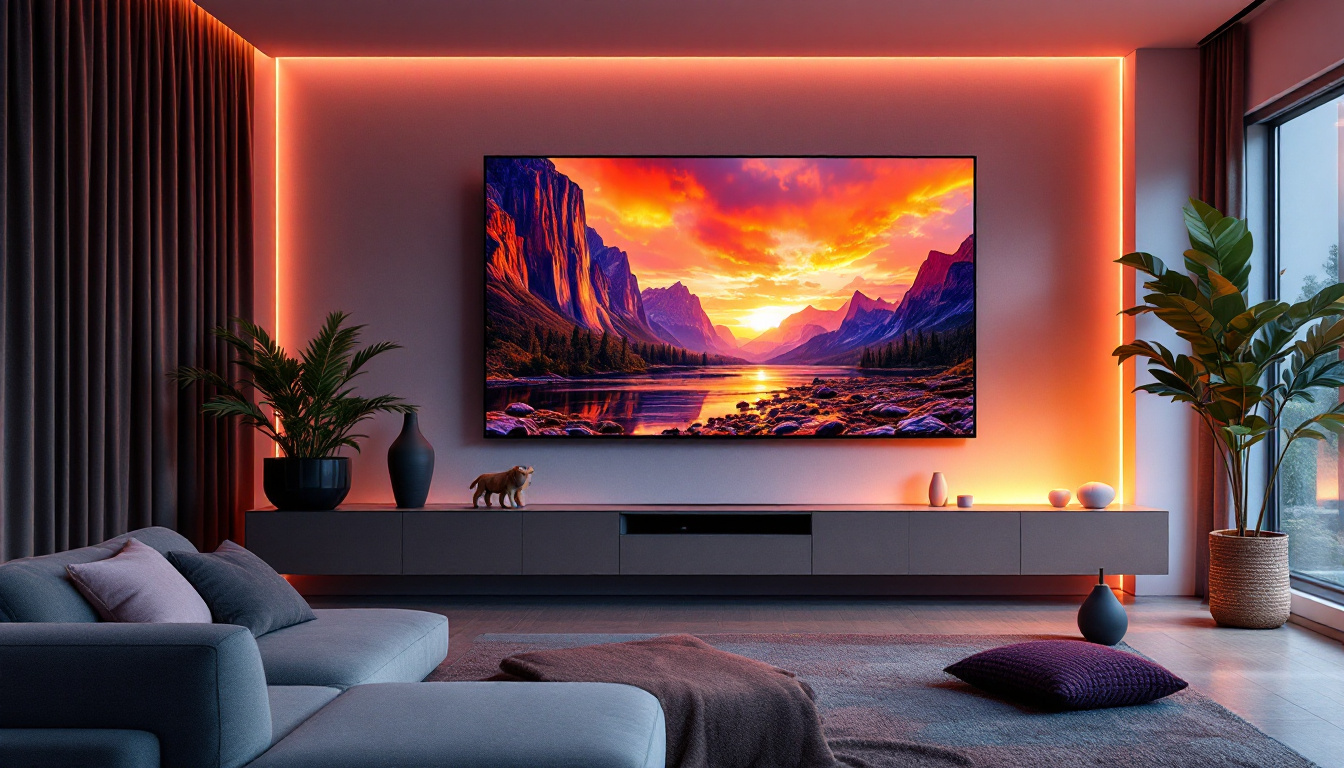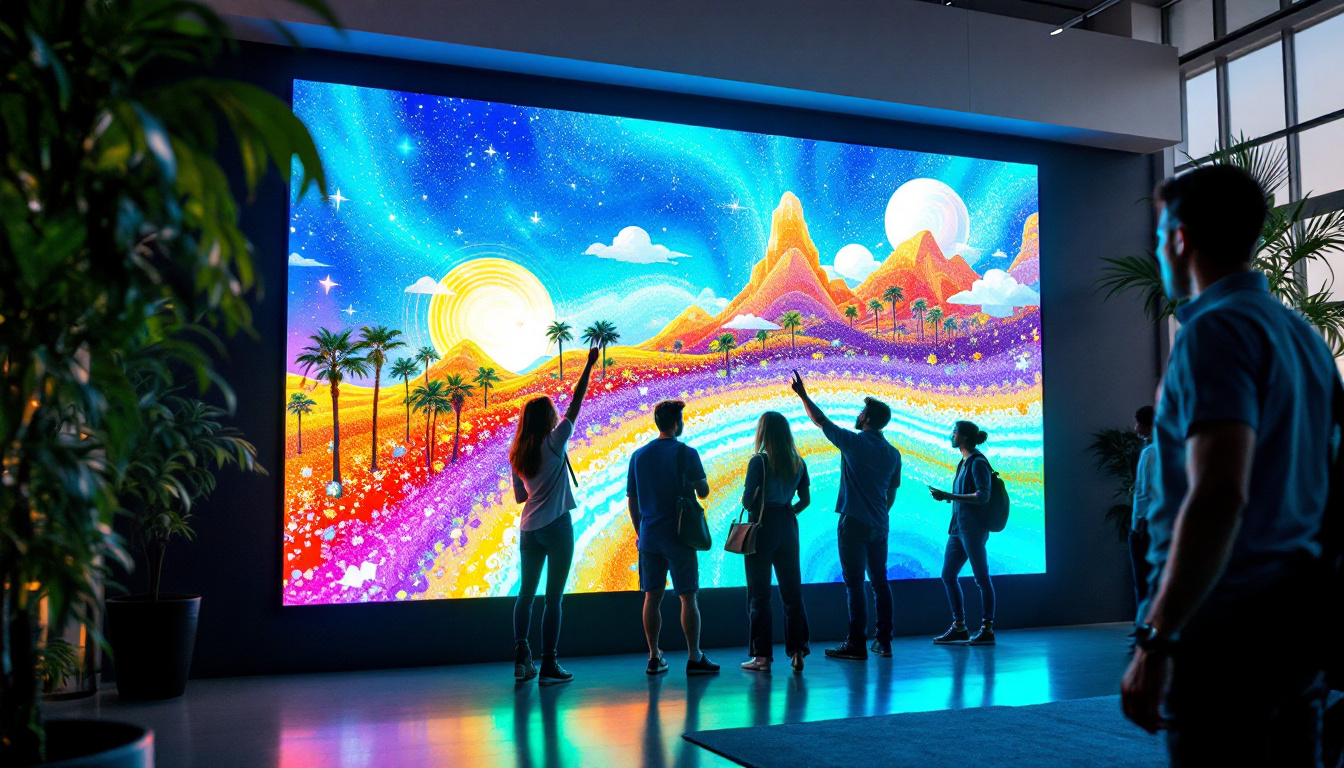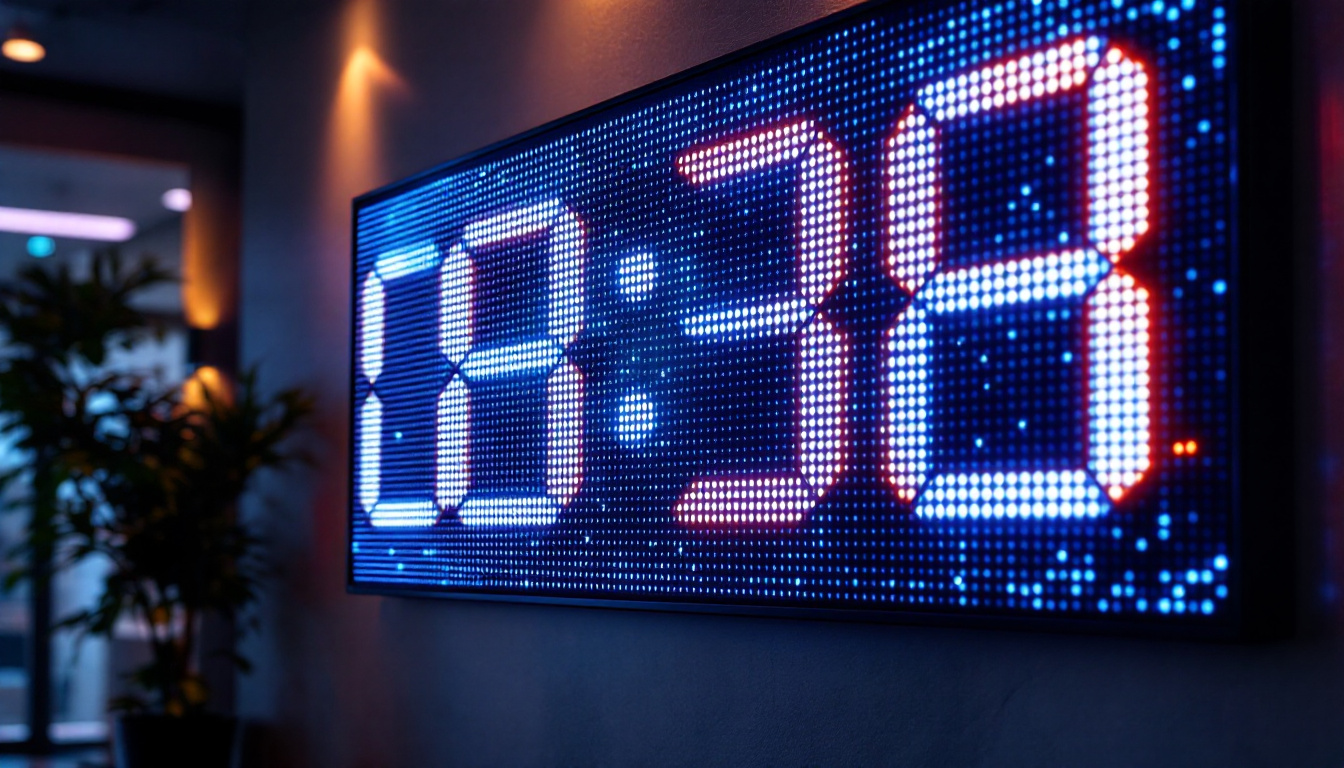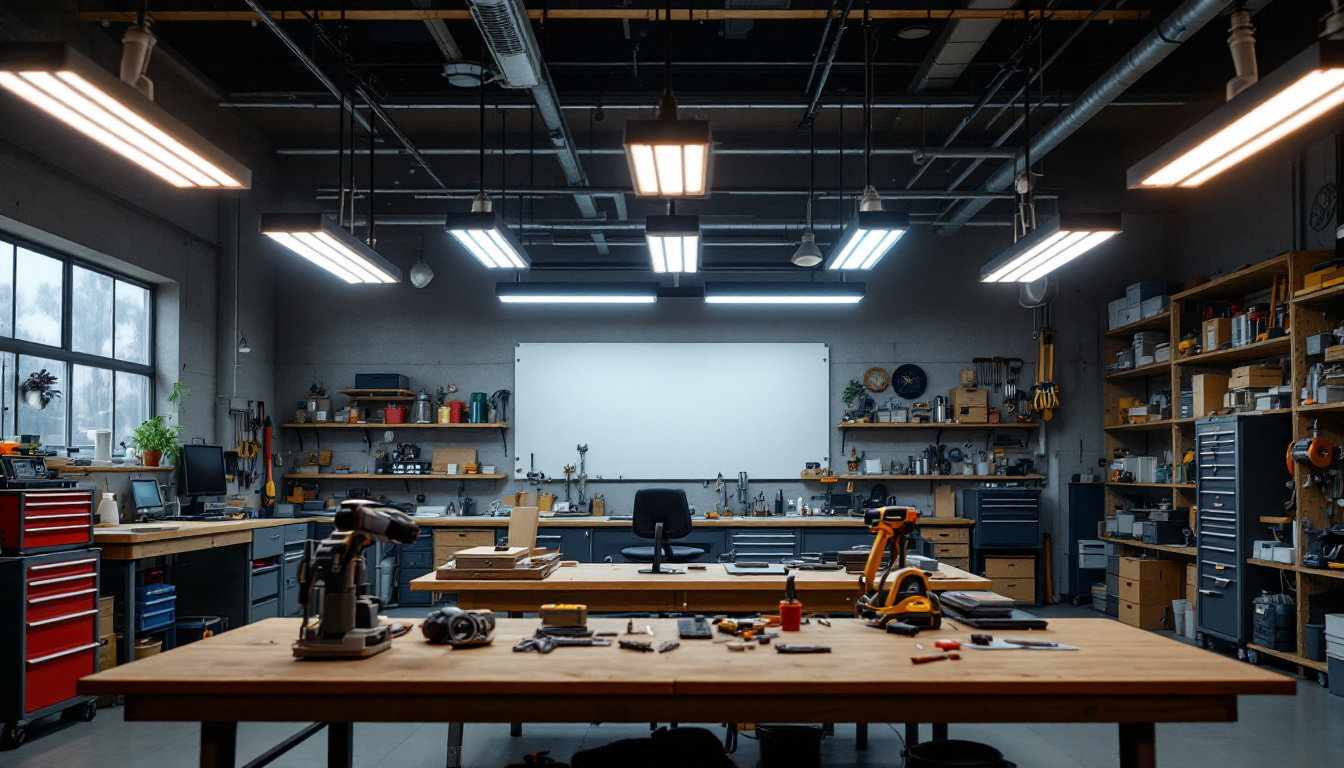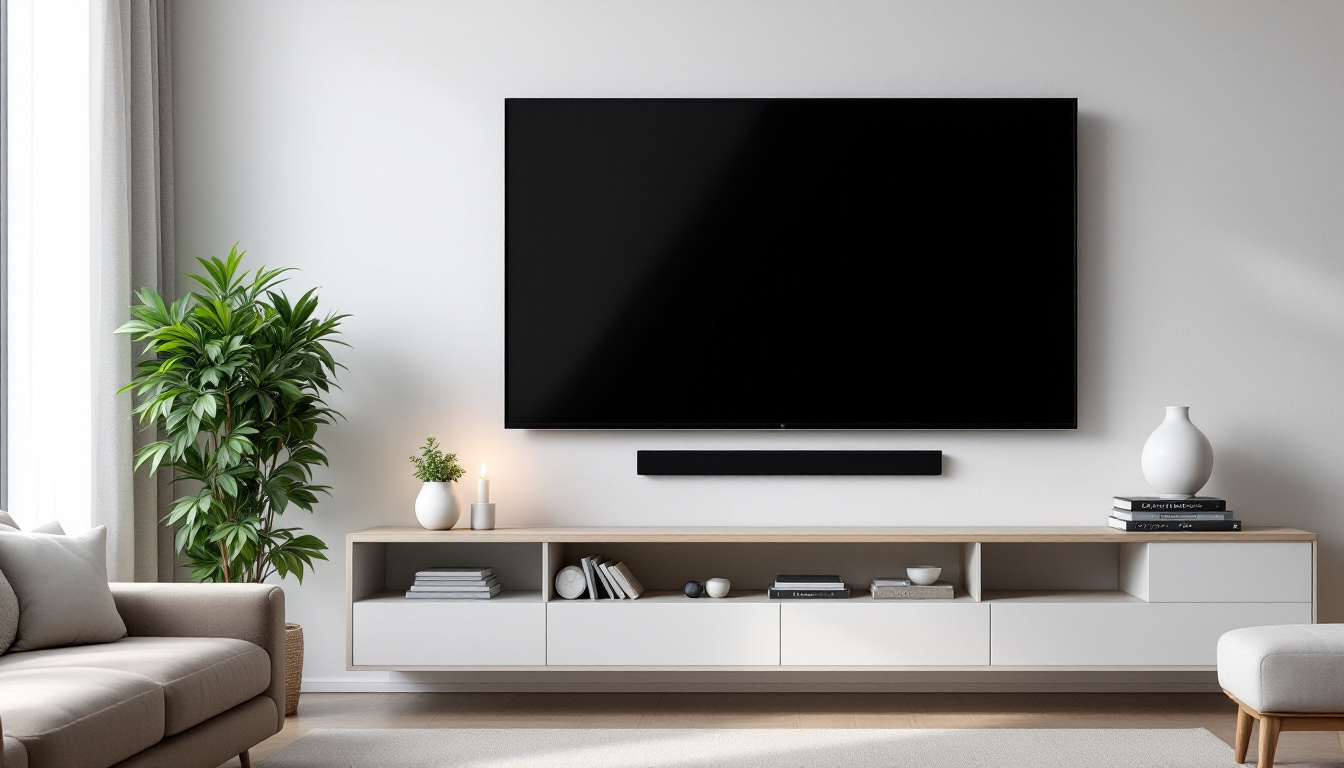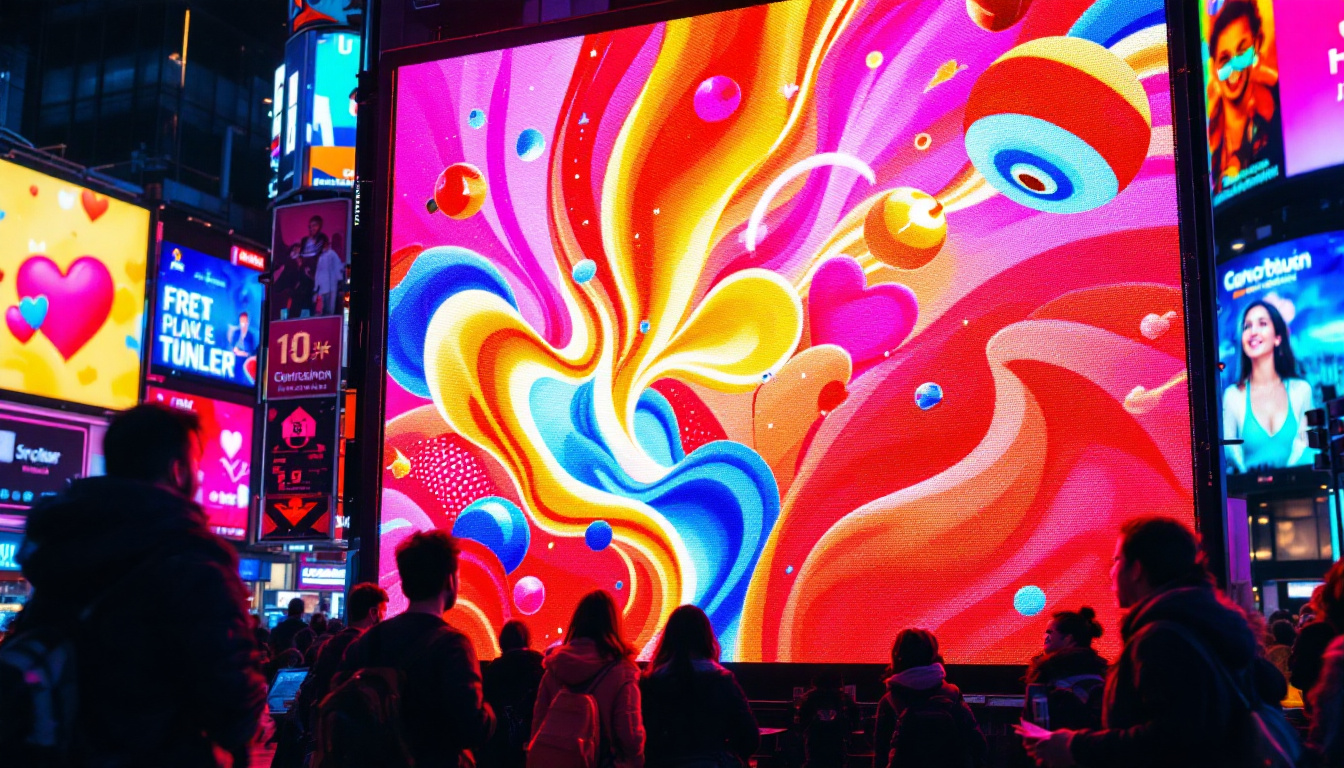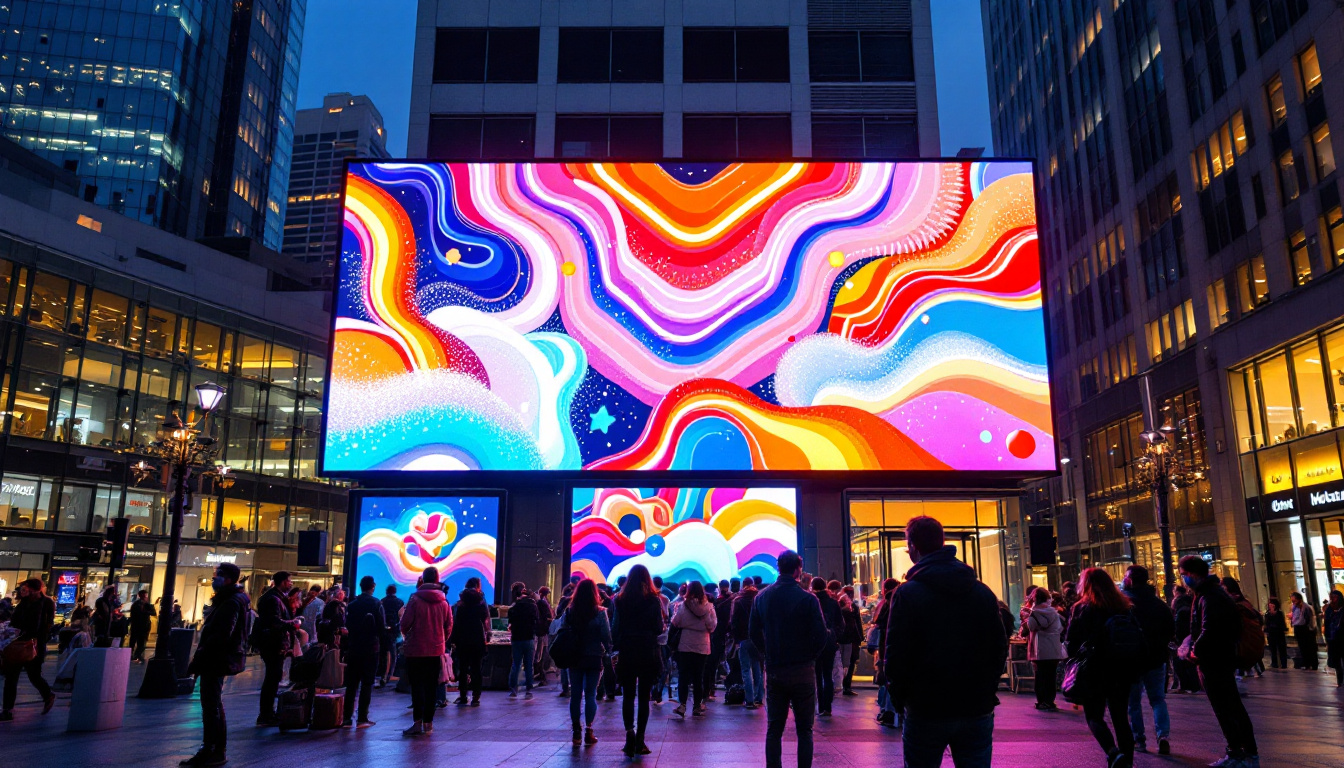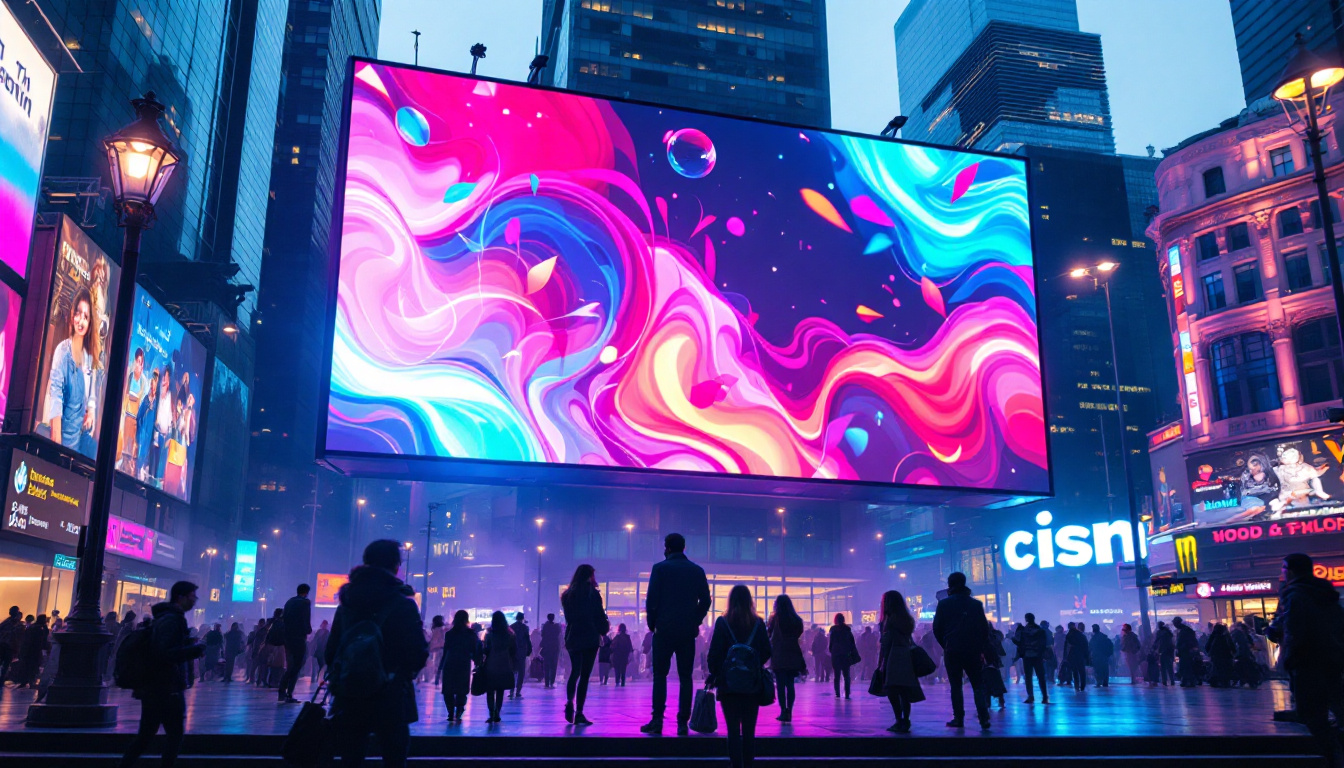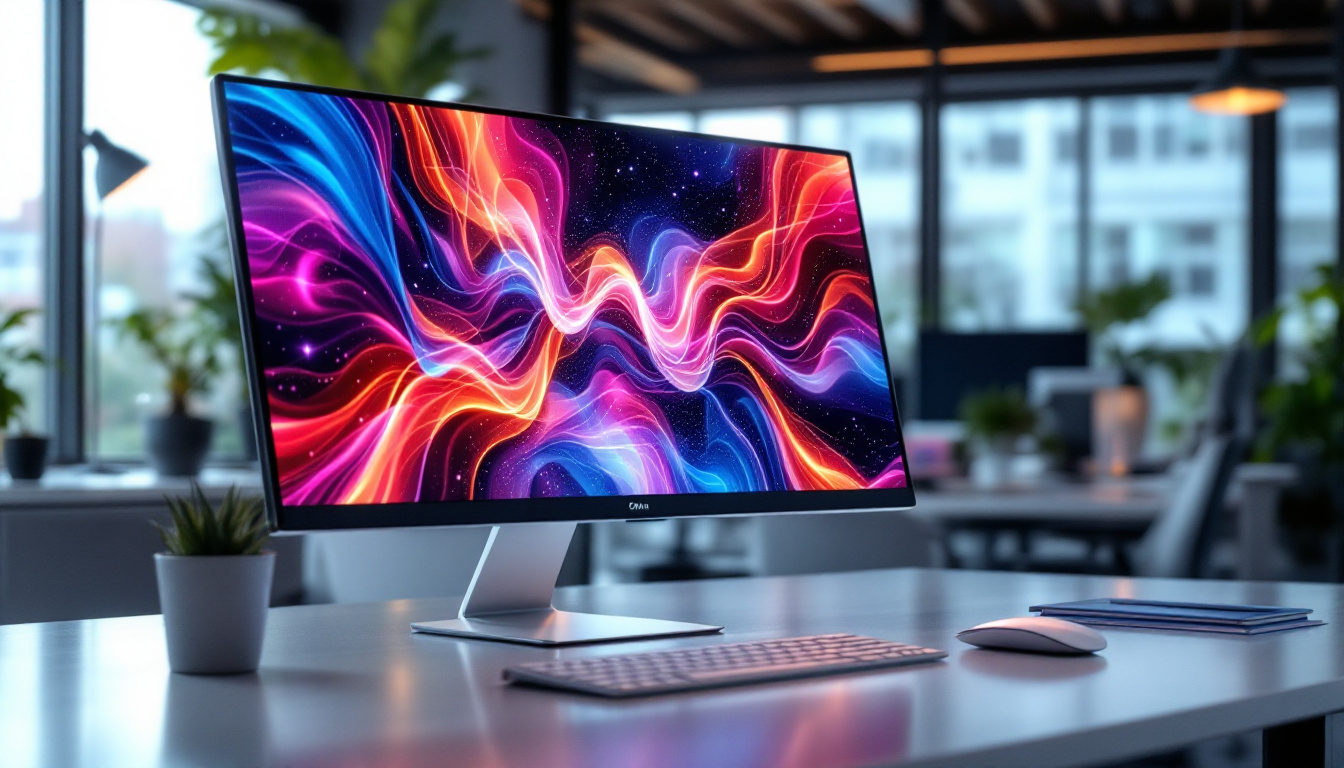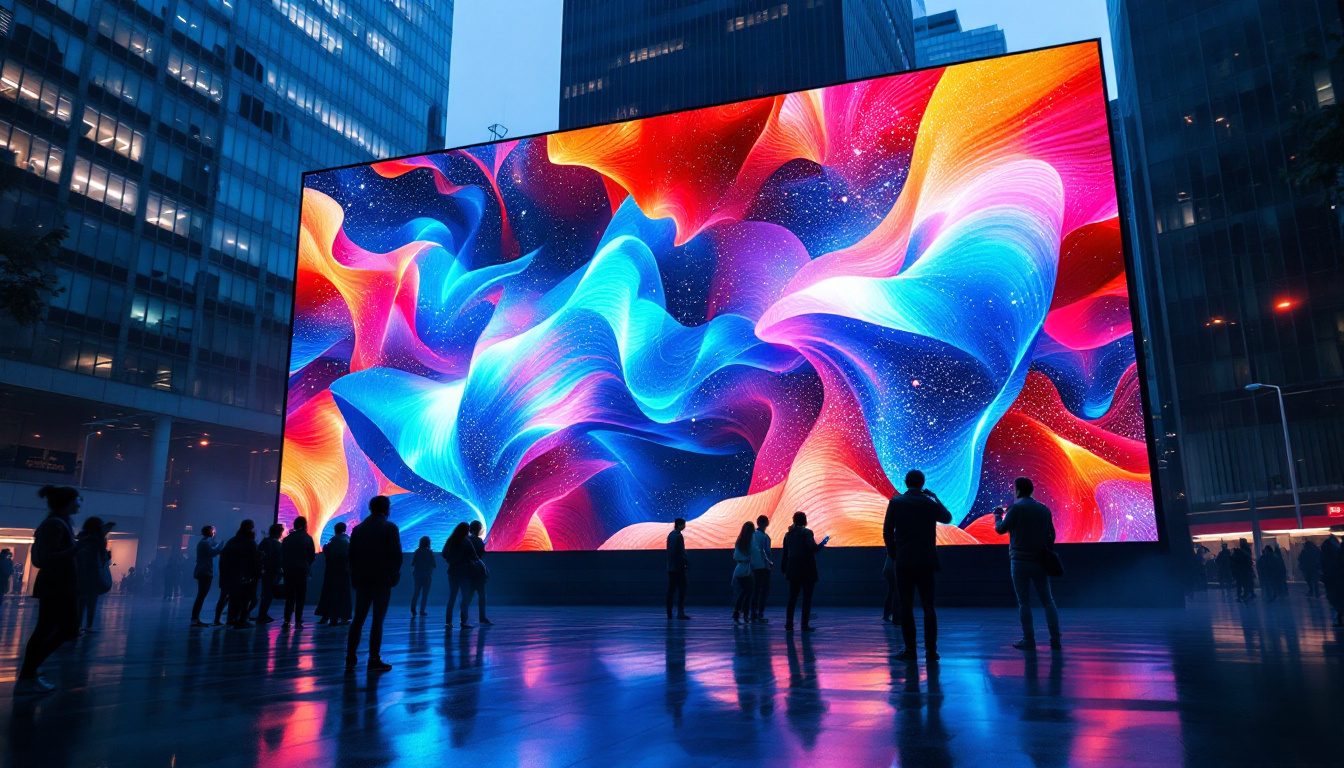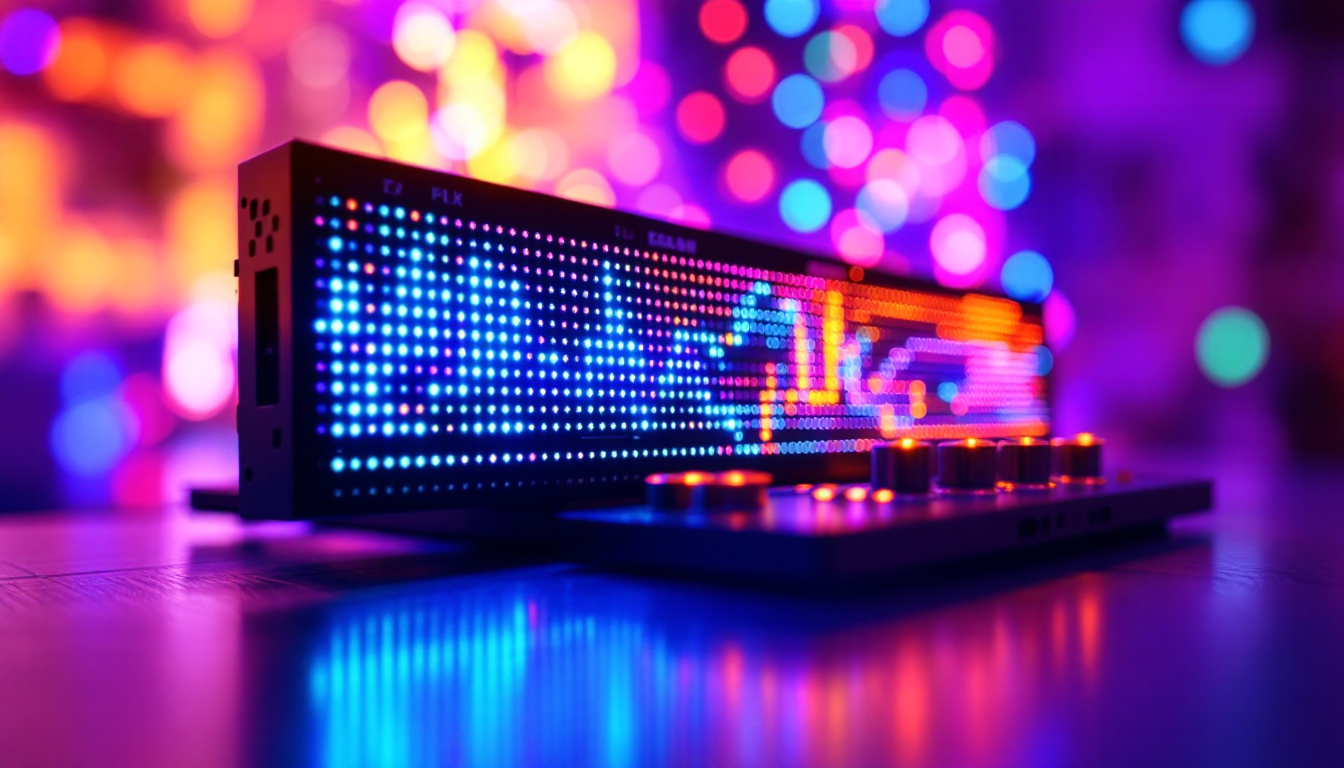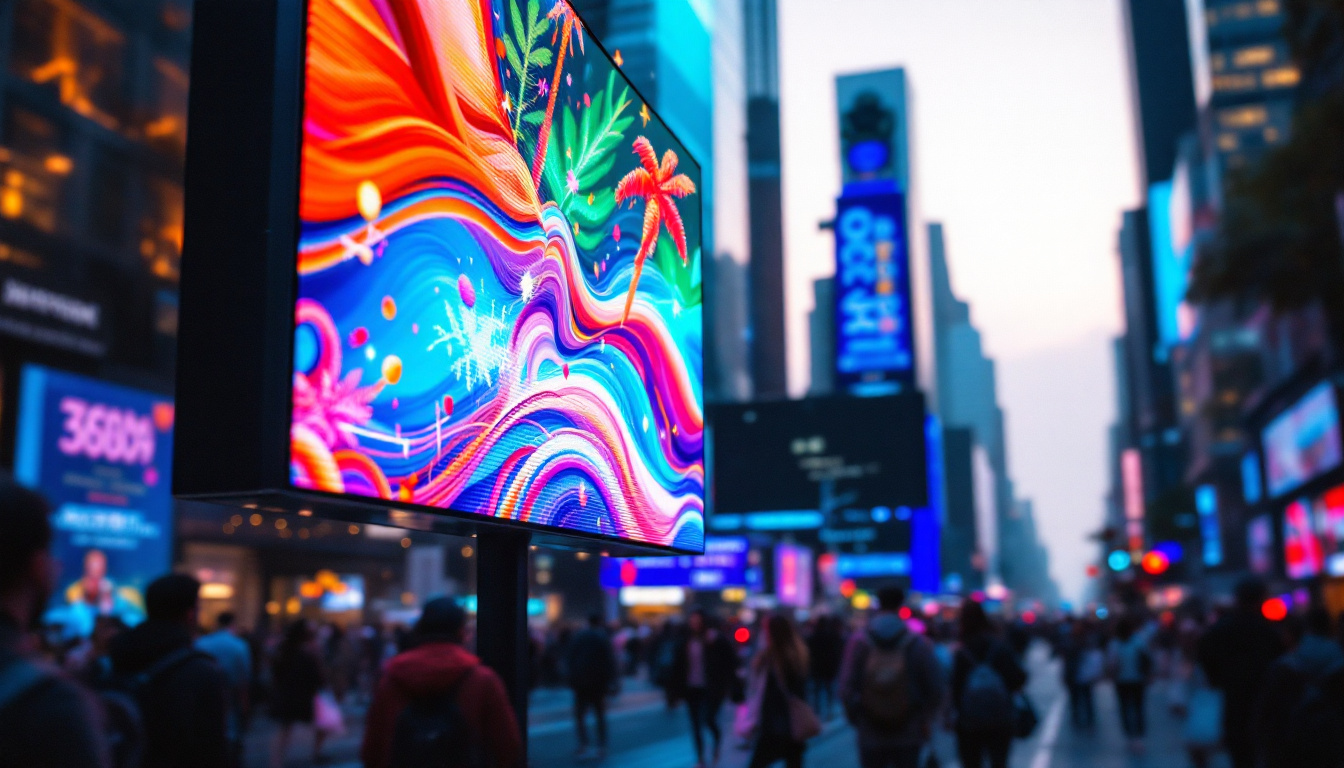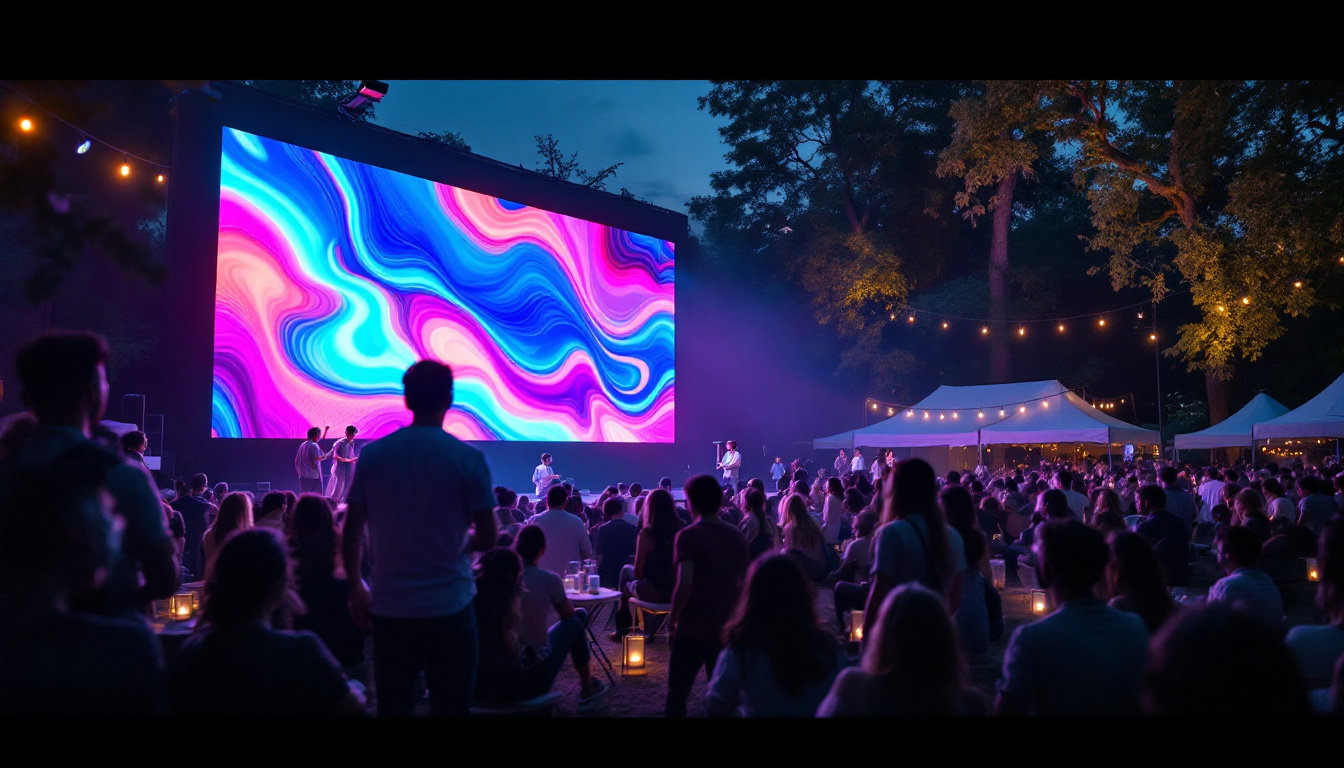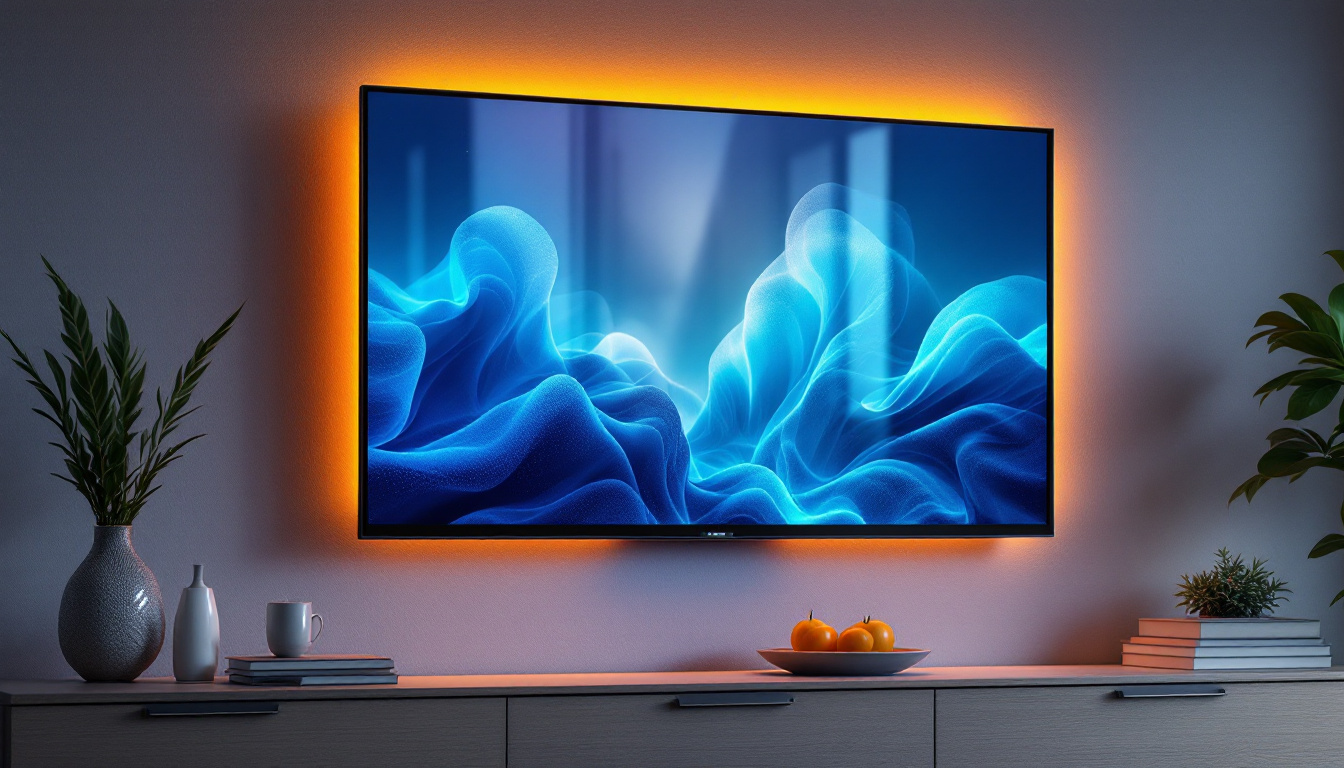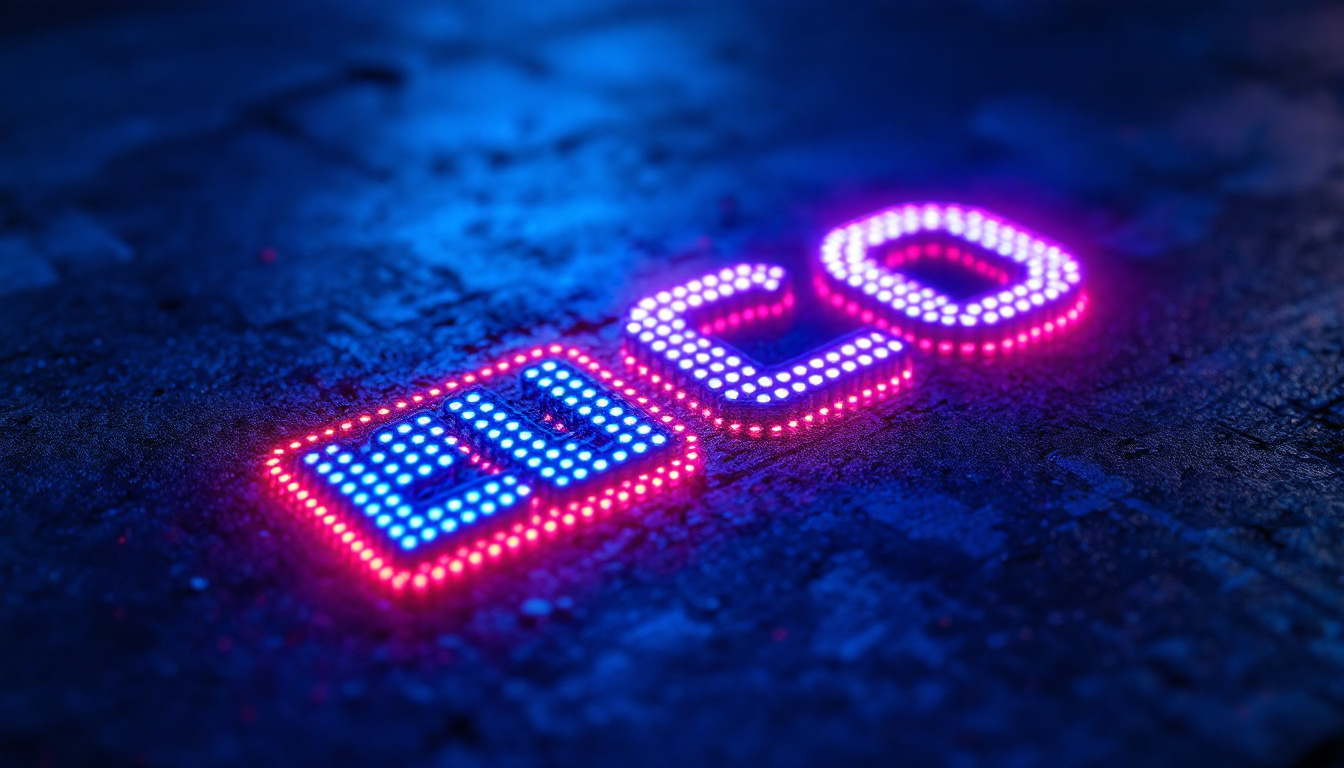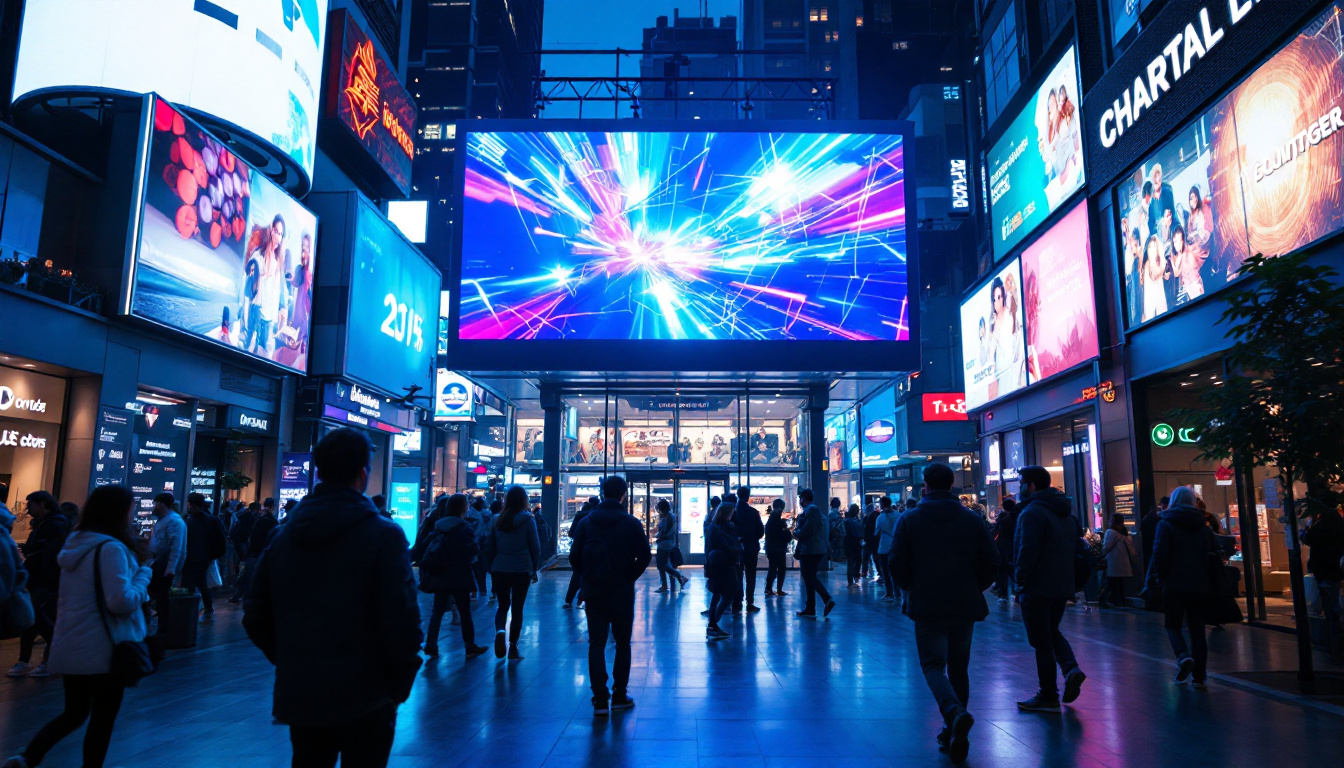In today’s digital age, the demand for high-quality visual displays has surged, particularly in public spaces such as stadiums, concert venues, and shopping malls. Jumbotron screens, a type of large LED display, have become a staple for broadcasting live events, advertisements, and important information. Understanding the price of these screens and the factors that influence their cost is essential for businesses and organizations looking to invest in this technology.
Understanding Jumbotron Screens
Jumbotron screens are large-scale LED displays that are typically used for outdoor events or in large indoor venues. They are designed to deliver vibrant visuals and high brightness, ensuring that content is visible even in direct sunlight. The term “Jumbotron” is often associated with the original giant screens developed by Sony, but today it encompasses a wide range of LED display technologies. These screens have become an integral part of the modern visual landscape, transforming how audiences engage with events and advertisements alike.
How Jumbotron Screens Work
At the core of a Jumbotron screen is an array of light-emitting diodes (LEDs) that create images and videos. These LEDs are grouped into pixels, which can be controlled individually to produce a wide spectrum of colors. The resolution of a Jumbotron screen is determined by the pixel pitch, which is the distance between the centers of two adjacent pixels. A smaller pixel pitch results in higher resolution and clearer images. This technology allows for stunning visuals that can captivate an audience, making it ideal for any large-scale presentation.
The technology behind these screens has evolved significantly over the years, with advancements in brightness, color accuracy, and energy efficiency. Modern Jumbotron screens are equipped with sophisticated software that allows for real-time content management, enabling operators to display dynamic content seamlessly. Additionally, many Jumbotrons now feature interactive capabilities, allowing audiences to engage with the content through mobile devices or social media, further enhancing the viewer experience.
Applications of Jumbotron Screens
Jumbotron screens are versatile and can be used in various settings. Common applications include:
- Sports Events: Jumbotrons are a staple in stadiums, providing live game footage, replays, and advertisements.
- Concerts and Festivals: Large screens enhance the audience experience by displaying performers and visual effects.
- Advertising: These screens serve as powerful marketing tools in high-traffic areas, capturing the attention of passersby.
- Corporate Events: Jumbotrons can be used for presentations, product launches, and other corporate gatherings.
Beyond these applications, Jumbotron screens have also found their way into urban landscapes, often used in public squares and city centers to broadcast news, weather updates, and community announcements. This not only serves to inform the public but also fosters a sense of community engagement. Moreover, in recent years, the use of Jumbotron screens has expanded to include educational settings, where they can be utilized for interactive learning experiences, making complex subjects more accessible and engaging for students.
As technology continues to advance, the potential for Jumbotron screens is virtually limitless. Innovations in augmented reality (AR) and virtual reality (VR) are beginning to be integrated into these displays, providing immersive experiences that can transport viewers into different worlds. This evolution is paving the way for new forms of storytelling and audience interaction, ensuring that Jumbotron screens remain at the forefront of visual communication for years to come.
Factors Influencing Jumbotron Screen Prices
The price of a Jumbotron screen can vary widely depending on several factors. Understanding these elements can help organizations make informed decisions when budgeting for such an investment.
Size and Resolution
One of the most significant factors affecting the price of a Jumbotron screen is its size. Larger screens require more LEDs, which increases material costs. Additionally, the resolution of the screen plays a crucial role in determining its price. Higher resolution screens with smaller pixel pitches are more expensive due to the increased number of LEDs and the advanced technology required to produce sharp images.
For example, a 10mm pixel pitch screen will generally cost more than a 20mm pixel pitch screen, even if both are the same size. This is because the 10mm screen can display more detailed images, making it more suitable for closer viewing distances.
Installation and Maintenance Costs
Beyond the initial purchase price, installation and maintenance costs must also be considered. Installing a Jumbotron screen often requires specialized equipment and expertise, especially for large outdoor displays that need to withstand various weather conditions. This can add significantly to the overall cost.
Moreover, ongoing maintenance is essential to ensure the longevity of the screen. Regular cleaning, repairs, and software updates can incur additional expenses. Organizations should budget for these costs to avoid unexpected financial burdens in the future.
Technology and Features
The technology used in Jumbotron screens can also influence their price. Advanced features such as high dynamic range (HDR), enhanced color accuracy, and improved energy efficiency come at a premium. Additionally, screens equipped with smart technology that allows for remote management and content updates may also command higher prices.
Investing in the latest technology can provide long-term benefits, including lower operational costs and enhanced viewer engagement. However, it is crucial to assess the specific needs of the organization before opting for high-end features that may not be necessary.
Average Price Range of Jumbotron Screens
While the price of Jumbotron screens can vary significantly, understanding the average price range can provide a helpful benchmark for organizations considering this investment. On average, prices for Jumbotron screens can range from $10,000 to over $1,000,000, depending on the factors discussed above.
Small to Medium-Sized Screens
For smaller venues or organizations with limited budgets, small to medium-sized Jumbotron screens typically range from $10,000 to $100,000. These screens often feature lower resolution and larger pixel pitches, making them suitable for events where the audience is positioned further away.
Such screens are ideal for community events, local sports teams, or small concert venues, providing an affordable entry point into the world of large-scale displays.
Large Screens for Major Events
For larger venues or organizations that require high-quality visuals, prices can escalate quickly. Large Jumbotron screens, particularly those used in professional sports arenas or major concert venues, can range from $100,000 to $500,000. These screens typically offer higher resolutions and advanced features, ensuring that content is displayed clearly and vibrantly.
Investing in a large Jumbotron screen can significantly enhance the experience for attendees, making it a worthwhile consideration for organizations aiming to attract larger audiences.
High-End Custom Solutions
For organizations seeking the ultimate in visual technology, high-end custom Jumbotron screens can exceed $500,000 and reach upwards of $1,000,000. These screens often feature cutting-edge technology, including ultra-high-definition (UHD) resolution, advanced color processing, and custom designs tailored to specific venues.
Such investments are typically made by major sports franchises, large entertainment venues, or corporations looking to make a significant impact with their visual displays. While the initial cost is high, the potential return on investment through increased engagement and advertising revenue can justify the expense.
Financing Options for Jumbotron Screens
Given the substantial investment required for Jumbotron screens, many organizations explore financing options to make the purchase more manageable. Various financing methods can help spread the costs over time, making it easier for businesses to invest in this technology.
Leasing vs. Buying
One of the most common financing options is leasing versus buying. Leasing allows organizations to use the equipment without the upfront costs associated with purchasing. This can be particularly beneficial for organizations that may not have the capital available for an outright purchase.
Leasing agreements typically include maintenance and support, ensuring that the screen remains in optimal condition throughout the lease term. However, organizations should consider the long-term costs of leasing versus buying, as leasing can be more expensive over time if the screen is needed for an extended period.
Financing Through Loans
Another option is to finance the purchase through loans. Many financial institutions offer loans specifically for equipment purchases, allowing organizations to pay for the Jumbotron screen over time. This option can provide the necessary capital while allowing organizations to maintain cash flow for other operational expenses.
When considering a loan, it is essential to evaluate interest rates, repayment terms, and any associated fees to ensure that the investment remains financially viable.
Grants and Sponsorships
Organizations, particularly non-profits and community groups, may also explore grants or sponsorships to help fund the purchase of a Jumbotron screen. Many local governments, corporations, and foundations offer grants to support community initiatives, which can include investments in technology that enhance public events.
Additionally, securing sponsorships from local businesses can help offset costs. In exchange for financial support, businesses can receive advertising space on the Jumbotron, creating a mutually beneficial arrangement.
Conclusion: Making an Informed Investment
Investing in a Jumbotron screen is a significant decision that can enhance the visibility and engagement of events or advertising efforts. By understanding the various factors that influence pricing, organizations can make informed choices that align with their budget and objectives.
From determining the appropriate size and resolution to exploring financing options, careful planning is essential to ensure a successful investment. As technology continues to evolve, the potential for Jumbotron screens to captivate audiences and deliver impactful messages will only grow, making them a valuable asset for any organization.
Ultimately, whether for a local sports team, a major concert venue, or a corporate event, Jumbotron screens offer a dynamic way to connect with audiences and elevate the overall experience. By weighing the costs and benefits, organizations can harness the power of this technology to achieve their goals.
Discover LumenMatrix’s Advanced LED Solutions
Ready to take your visual displays to the next level? LumenMatrix is at the forefront of LED display innovation, offering a wide array of solutions tailored to your needs. From vibrant Indoor and Outdoor LED Wall Displays to dynamic Vehicle and Sports LED Displays, our technology is designed to captivate and engage your audience. Experience the future of visual communication with our Custom, All-in-One, and Transparent LED Displays. Don’t miss the opportunity to transform your events and advertising efforts. Check out LumenMatrix LED Display Solutions today and see the difference cutting-edge technology can make.

